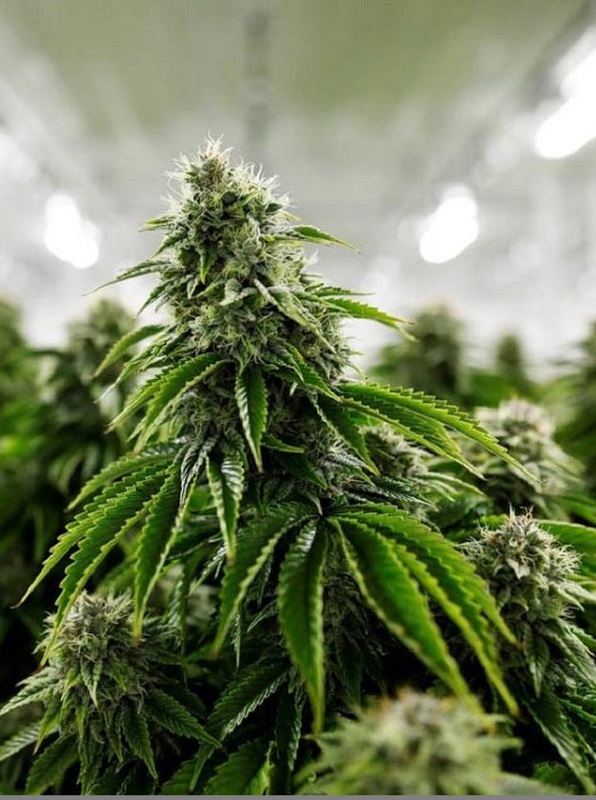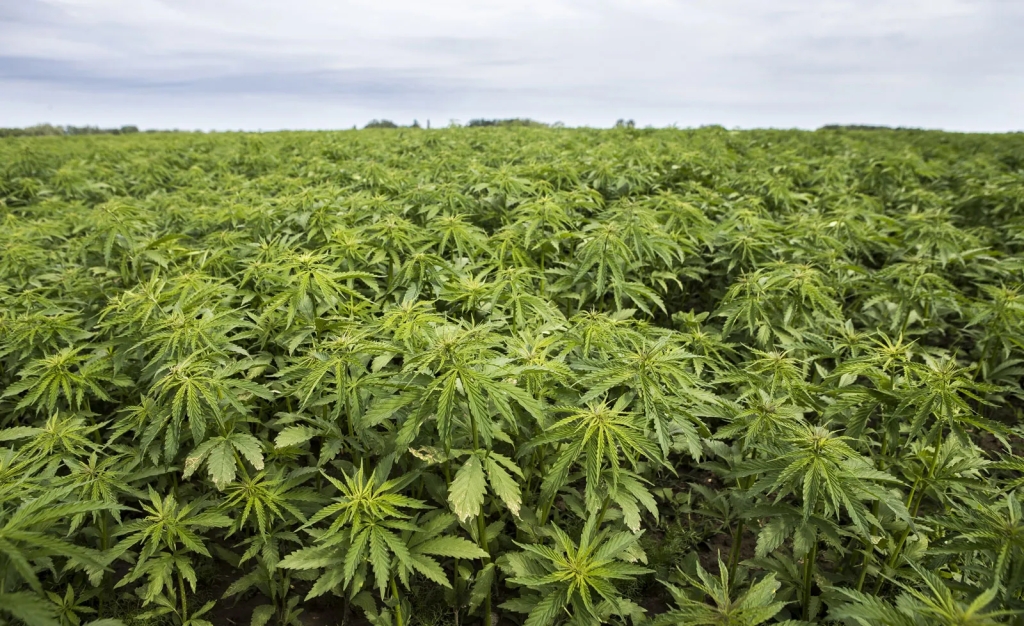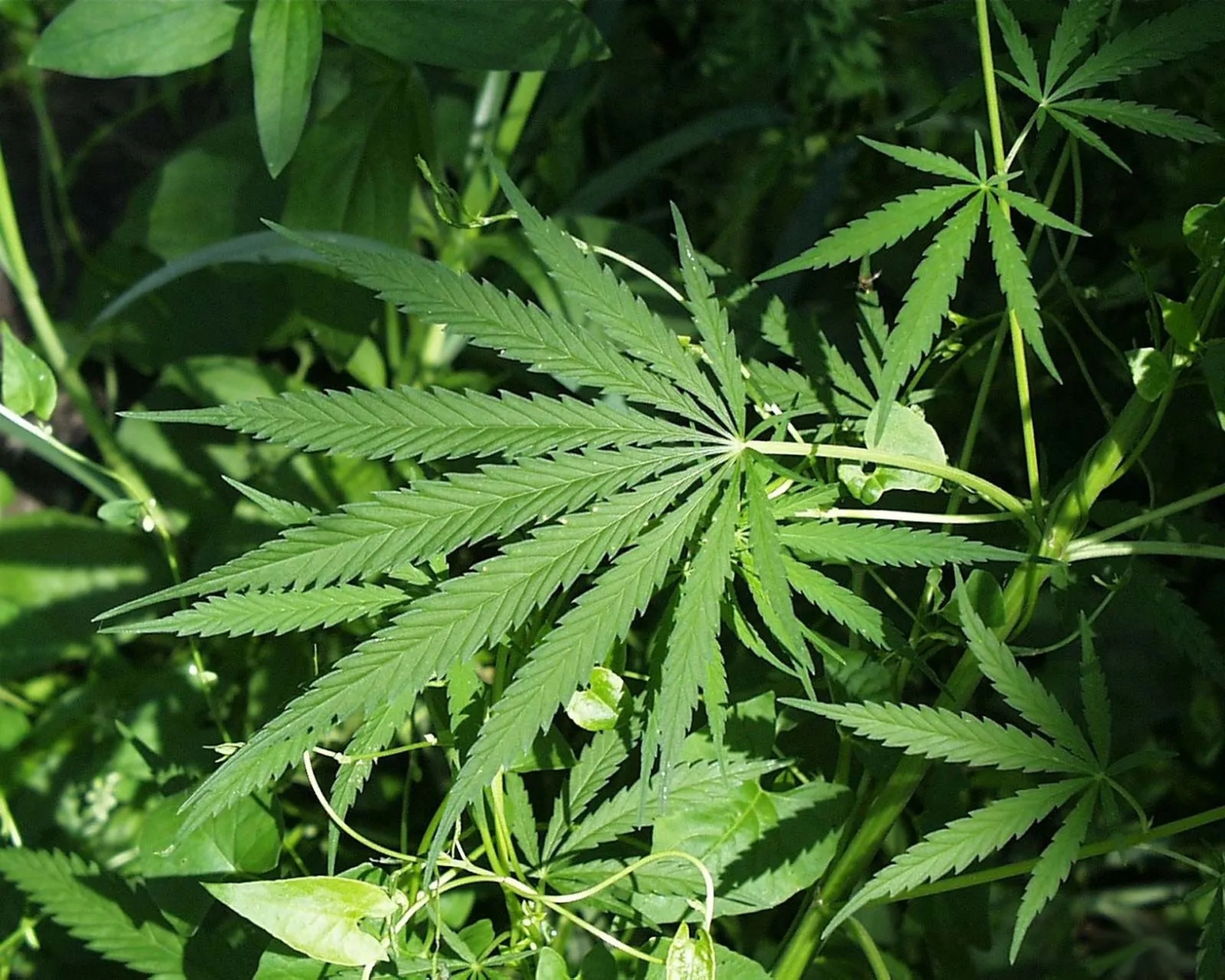Weed, ganja, Mary Jane, marijuana, skunk, pot – no matter what you call it we are talking about the same plant Cannabis sativa. For thousands of years humans have been cultivating cannabis as a drug and also building material. Hemp has been for millennia used to make rope, clothing, and even food. This post is the first part of a two-parter, which will be linked to when written. This one will look at cannabis as a planet while later this week we will have the second post which will look at the social and human history of cannabis use.
Taxonomy and Evolution
As cannabis is illegal or criminalised in various parts of the world this had actually made researching the plant difficult – you need the plant to study the plant but getting said plant is difficult when it is illegal. It is also difficult determining which cannabis plants are full species or if they are breeds or cultivars. Until a 2018 genome analysis there was believed to be two species, Cannabis sativa and Cannabis indica, but we now know it is potentially just the one, Cannabis sativa. Marijuana belongs to the family Cannabaceae splitting off from the rest of the family around 27.8 million years ago with its closest relative, Humulus, giving us hops – the thing we make beer from! These plants belong to the order Rosales meaning they are distantly related to roses.
Biology

We do not actually know what pre-domestication cannabis looks like, millennia ago wild and domesticated interbred so we indirectly lost truly wild marijuana. If you see wild growing marijuana it is technically feral domesticated marijuana, something that through genetics and archaeological findings seemed to have occurred around 12,000 years ago. Around 4,000 years ago, so after 8,000 years of domestication, two lineages of cannabis emerged. One produced taller, unbranched stems with higher fibre contents from which hemp comes from; the other, produces shorter, unbranched stems with more flowers and resin which the drug comes from. Both types are a coarse and bushy herb from which 3 to 9 lancet-shaped leaves grow. These plants can grow to be very tall reaching 4 metres (13 feet) in height, although plants reaching 5 metres (16 feet) have been recorded. They also reach this height quickly if conditions are right, being able to achieve this in four to six months. After bamboo cannabis is the fastest growing plant, something that has made them so desirable as crops.

Hemp has historically been used throughout the world as their fibres are incredibly strong, around six times as strong as cotton fibres. Hemp fibres are also more absorbent and requires less energy compared to cotton – while a single cotton field can leave the land dry this is not the case for a field of hemp. For just as long a time humans have also been using marijuana as a drug. Cannabis contain many different naturally occurring molecules including cannabidiol (CBD) and tetrahydrocannabinol (THC). CBD is a relaxant but it is THC that causes the psychedelic properties in weed. While humans might use it for recreation cannabis evolved to produce THC as a defence mechanism – any animal that might consume cannabis will get a blast of unpleasant tastes, upset stomachs, and nausea deterring it from eating the plant again. Through selective breeding humans have altered how strong THC is in different strains of marijuana. Cannabis has also evolved other chemicals to defend itself including one to deter insects and another to protect itself from harsh UV rays.
Cannabis are flowering plants and are some of the few plants to be dioecious, meaning that a plant will only produce seeds or pollen. Only 5 to 10% of plant species reproduce this way showing how rare it actually is. Cannabis rely on the wind for pollination, although in the very rare cases that a cannabis plant produces both pollen and seeds they are capable of self-pollination. After pollination small flowers grow, and from there seeds develop.
Distribution and Habitat
Cannabis evolved around 19 million years ago around the Tibetan plateau and even today cannabis grows best in open, dry, and sunlit environments. Being spread by wind it meant that it did not take long for them to spread from the Tibetan plateau with it soon adapting to a wide variety of habitats. One reason why we call marijuana ‘weed’ is because it grows like a regular weed. Domesticated cannabis has been harder to pin down, but genome sequencing found it to be domesticated around 12,000 years ago in east Asia. This means that cannabis is one of the oldest domesticated plants – older than corn, potatoes, and soy. The discovery of a burial site in Parmirs, west China dating to around 500 BCE revealed that people had burnt marijuana indicating that its usage as a drug dated from at least this time. Marijuana soon spread across China, India, and Central Asia, and soon it arrived in the Middle East, Europe, Africa, and in the sixteenth century the Americas.
Conservation and Threats
The IUCN has not classified marijuana as they do not classify domesticated organisms, and marijuana being illegal across much of the world has made actually evaluating how rare it is impossible. Clandestine growing most likely has meant that marijuana is far from endangered, and as more areas decriminalise and allow cannabis (medical and otherwise) the 420 plant will not be threatened.
Bibliography:
- Robert Clarke and Mark Merlin, Cannabis: Evolution and Ethnobotany, (Berkeley, CA: University of California Press, 2013)
- PBS Eons, ‘The Hazy Evolution of Cannabis’, YouTube.com, (16/04/2024), [Accessed 16/04/2024]
- Guangpeng Ren, Xu Zhang, Ying Li, Kate Ridout, Martha L. Serrano-Serrano, Yongzhi Yang, Ai Liu, Gudasalamani Ravikanth, Muhammad Ali Nawaz, Abdul Samad Mumtaz, Nicolas Salamin, and Luca Fumagalli, ‘Large-scale whole-genome resequencing unravels the domestication history of Cannabis sativa‘, Science Advances, 7:29, (2021)
- ‘Hemp’, edenproject.com, [Accessed 14/04/2024]
- John Partland, ‘Cannabis systematics at the levels of family, genus, and species’, Cannabis and Cannabinoid Research, 3:1, (2018), 203-212
- Meng Ren, Zihua Tang, Xinhua Wu, Robert Spengler, Hongen Jiang, Yimin Yang, and Nicole Boivin, ‘The origins of cannabis smoking: Chemical residue evidence from the first millennium BCE in the Pamirs’, Science Advances, 5:6, (2019)
- John McPartland, William Hegman, and Tengwen Long, ‘Cannabis in Asia: its center of origin and early cultivation, based on a synthesis of subfossil pollen and archaeobotanical studies’, Vegetation and Archaeobotany, 28:1515, (2019)

One thought on “Florapedia: Cannabis”